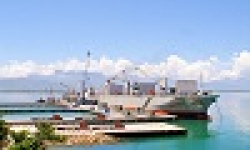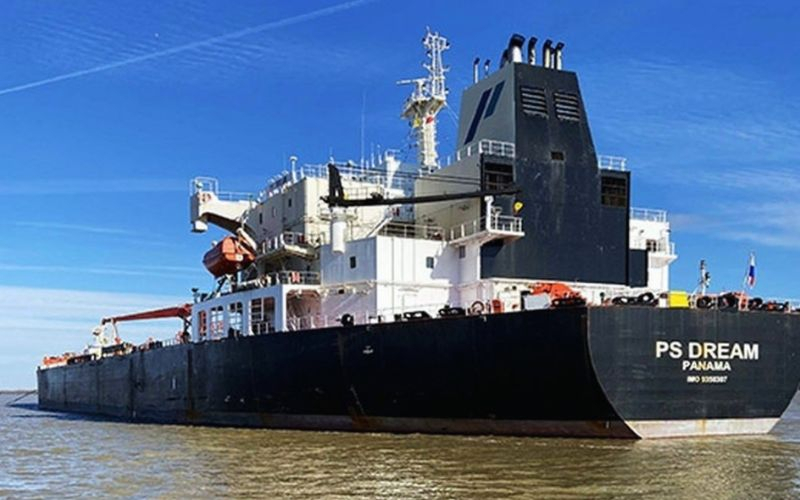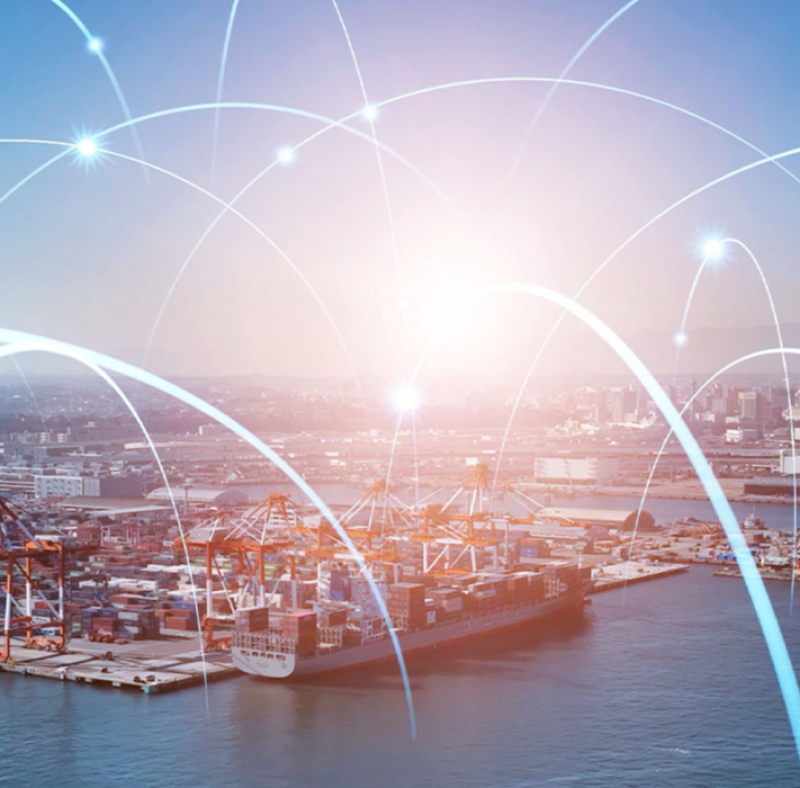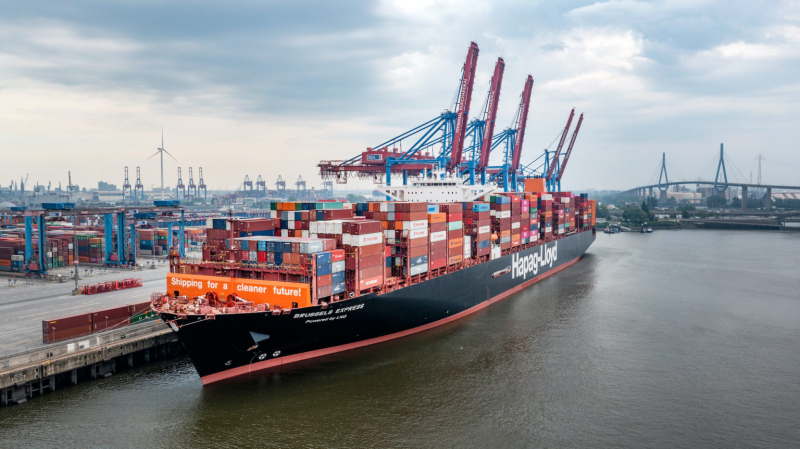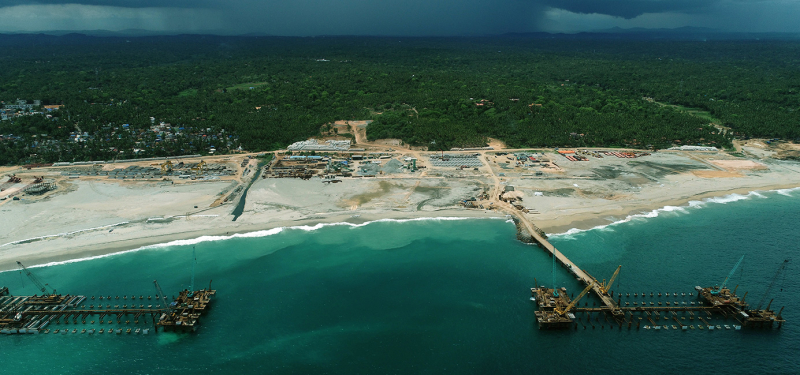The intensifying cooperation between Russia and China on Arctic shipping represents a strategic response to multiple convergent geopolitical and economic pressures.
This partnership, formalized through their joint committee on Northern Sea Route development, positions both nations to potentially transform global maritime trade patterns, though significant operational and infrastructural challenges persist.
The Ukraine conflict has accelerated Russia’s pivot toward China, with 95% of international Arctic transit traffic now flowing between these two nations. Western sanctions have effectively created an exclusive Russo-Chinese shipping corridor, insulated from traditional maritime alliances.
This bilateral monopolization offers both countries strategic autonomy from Western-controlled shipping lanes.
In the meantime, ongoing Houthi attacks have severely impacted Suez Canal traffic, increasing shipping distances by 40-60% for Asia-Europe routes, with freight rates tripling on some corridors. This sustained disruption makes Arctic alternatives increasingly viable during summer months, offering potential 30-40% distance reductions compared to Cape of Good Hope diversions.
Arctic warming, occurring twice as fast as global averages, has dramatically expanded navigable periods. Summer ice extent has retreated significantly since 2000, potentially enabling trans-Arctic shipping for several months annually.
Routes could cut Asia-Europe distances by up to 12,000 kilometers approximately one-third shorter than traditional passages.
Despite ambitious plans, Arctic port development faces substantial delays. Massive investment requirements for navigation infrastructure, search-and-rescue capabilities, and icebreaker fleets constrain rapid expansion.
Russia’s nuclear icebreaker fleet, managed by Rosatom, remains the primary enabler but requires significant expansion.
It has to be mentioned that the fragile Arctic ecosystem presents severe operational risks. Pollution cleanup in ice conditions remains technologically challenging, while black carbon emissions from increased shipping accelerate regional ice melt, creating a feedback loop that could destabilize long-term route viability.
The IMEC project connecting India, Middle East, and Europe represents an alternative to both Suez and Arctic routes, potentially fragmenting Asian trade flows. Meanwhile, the US-Canada-Finland ICE Pact signals Western determination to contest Arctic dominance, though implementation faces political uncertainty.
The Russia-China Arctic partnership represents a calculated gamble to establish alternative trade architecture amid escalating global fragmentation.
While current Red Sea disruptions provide immediate justification, the route’s long-term viability depends on sustained geopolitical tensions, continued climate change, and massive infrastructure investments.
The Arctic Route will likely develop as a complementary rather than replacement corridor, serving primarily Russian-Chinese bilateral trade and select time-sensitive cargo during peak navigable periods.
Considering the fact that the US recently signed an agreement with Finland for icebreakers, it seems that the Arctic Route will gain importance, though it still lies far behind traditional shipping routes.
Its greatest significance lies not in cargo volumes but in demonstrating both nations’ capacity to create parallel global systems independent of Western maritime dominance.



